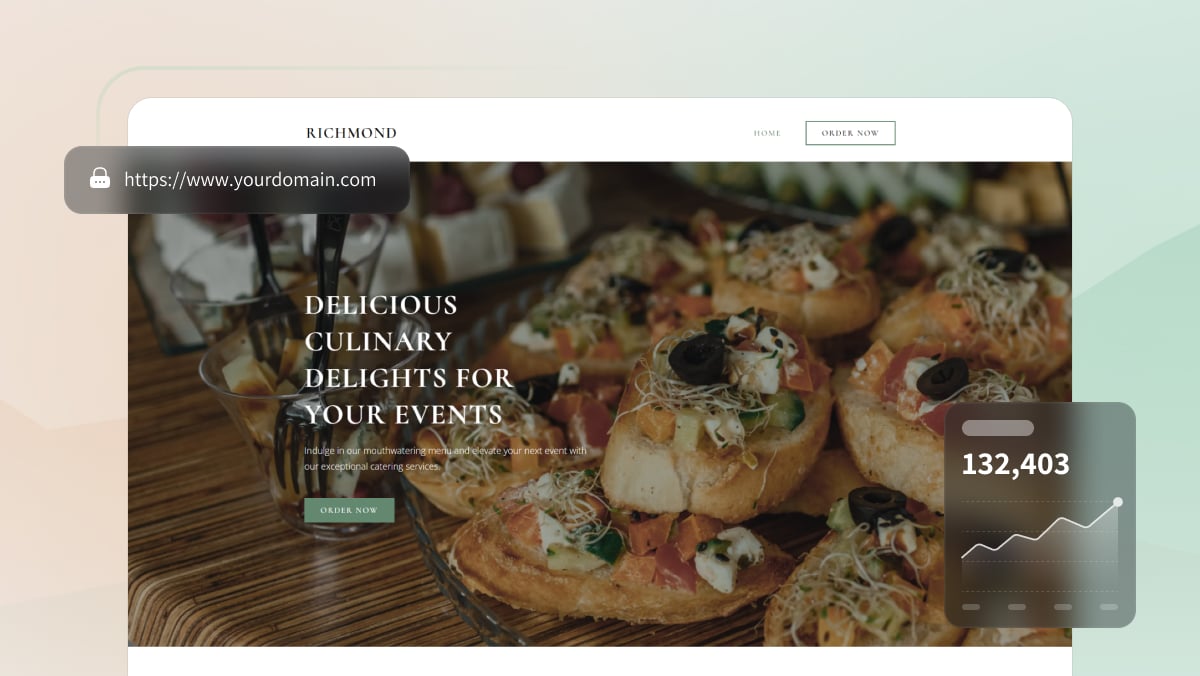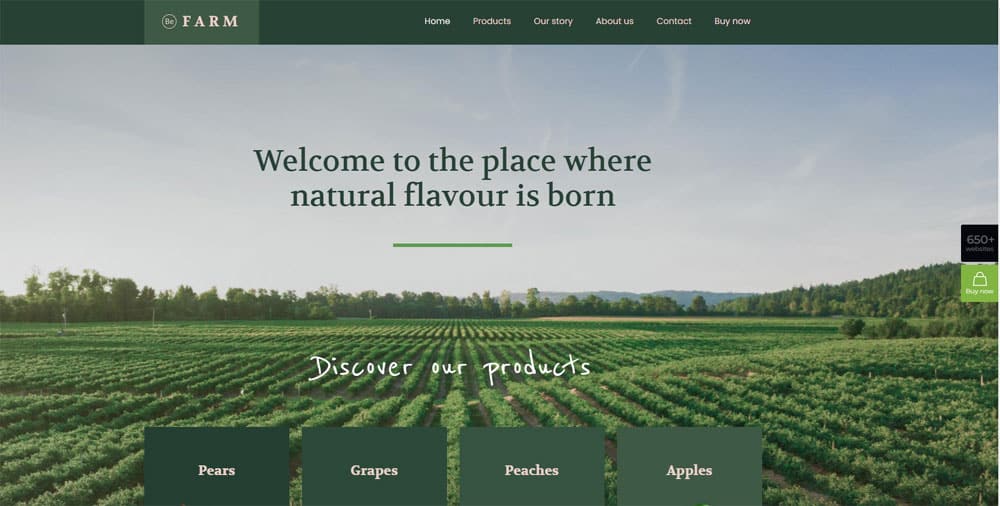Introduction
When it comes to designing a website, one of the key aspects that needs careful attention is the layout. The layout of a website determines how the content is organized and presented, making it crucial for creating a positive user experience. In this article, we will explore the various elements and considerations involved in laying out a website effectively. For website design see here.
The Importance of a Well-Structured Layout
A well-structured layout plays a vital role in enhancing the user experience and usability of a website. It helps users navigate through the content easily, find the information they need, and understand the overall structure of the site. Additionally, a well-designed layout can also contribute to the visual appeal of the website, making it visually appealing and engaging for the visitors.

1. Define a Clear Hierarchy with Header Tags (h1, h2, h3)
Header tags, such as h1, h2, and h3, are essential for establishing a clear hierarchy in your website’s content. These tags indicate the importance and relevance of different sections of your webpage. Let’s take a closer look at how each of these header tags can be used effectively:
1.1 h1: The Main Heading
The h1 tag represents the main heading of your webpage and should be used only once per page. It should provide a concise and descriptive summary of the overall content of the page. This tag carries significant weight in terms of search engine optimization (SEO), so it’s important to choose a relevant and keyword-rich heading that accurately represents the page’s content.
1.2 h2: Subheadings and Sections
The h2 tag is used for subheadings and represents the main sections of your webpage. It helps break down your content into logical parts and guides readers through the different sections. Each page can have multiple h2 tags, but they should be used hierarchically, with more important subheadings assigned to h2 and less significant ones to h3.
1.3 h3: Subsections and Details
The h3 tag is employed to further divide your content into subsections or provide additional details under a specific h2 subheading. It allows for a more granular organization of information, providing users with a clearer understanding of the content structure. While h3 tags are optional and can be used sparingly, they can significantly enhance the readability and user experience when used appropriately.

2. Plan a Logical Information Architecture
Before diving into the actual design of your website layout, it’s crucial to plan a logical information architecture. This involves considering the flow of information, the relationship between different pages or sections, and the overall user journey. Here are a few key points to keep in mind:
2.1 Content Grouping
Group related content together to create coherent sections on your website. This helps users locate information more easily and navigate through your site intuitively. Consider the main topics or categories you want to cover and organize your content accordingly.
2.2 Website Design Navigation Menus
Design a clear and user-friendly navigation menu to allow visitors to access different sections of your website effortlessly. Ensure that the menu items are logically organized, easily recognizable, and properly labeled. Consistency in navigation placement, such as placing it at the top or side of the page, can also improve the user experience.
2.3 User Flow and Calls to Action
Understand the user flow you want to create on your website. Determine the primary actions you want users to take, such as signing up for a newsletter, making a purchase, or contacting you. Place clear and compelling calls to action strategically throughout your website to guide users and encourage them to take desired actions. Consider the logical progression of steps users should follow and design your layout accordingly.

3. Designing the Layout
Once you have established the hierarchy and information architecture of your website, it’s time to design the actual layout. Here are some essential tips to help you create an effective and visually pleasing layout:
3.1 Grid-Based Layouts
Using a grid-based layout provides structure and consistency to your design. Grids help align elements, create balance, and maintain a visually appealing structure throughout your website. Whether you choose a two-column, three-column, or custom grid, make sure it aligns with your content and enhances readability.
3.2 Responsive Design
In today’s mobile-dominated world, responsive design is a must. Ensure that your website layout adapts seamlessly to different screen sizes and devices. This includes optimizing font sizes, images, and overall spacing to provide an optimal viewing experience across desktops, tablets, and smartphones.
3.3 White Space
White space, or negative space, refers to the empty areas between elements on a webpage. It provides breathing room for the content and enhances visual clarity. Incorporating ample white space in your layout helps prevent a cluttered look and allows the important elements to stand out.
3.4 Consistent Branding
Maintaining consistent branding elements throughout your website is crucial for a cohesive and professional look. Use consistent colors, typography, and visual styles that align with your brand identity. This helps users recognize your brand and creates a sense of familiarity.

3.5 Visual Hierarchy
Establish a visual hierarchy by using different font sizes, colors, and styling to guide users’ attention. Use larger and bolder fonts for headings, subheadings, and important information, while keeping body text smaller and less prominent. This helps users quickly scan and navigate through the content.
3.6 Multimedia Integration
Incorporating multimedia elements, such as images, videos, and infographics, can enhance the visual appeal of your website. However, utilise them cautiously and ensure they serve a purpose. Optimize multimedia files for fast loading times without compromising quality.
4. Testing and Optimization
Once you have implemented your website layout, it’s essential to test and optimize it for the best possible user experience. Here are some steps to consider:
4.1 Usability Testing
Conduct usability testing with real users to gather feedback and identify any usability issues or areas of improvement. This can be done through user testing sessions, surveys, or heat map analysis. Pay attention to how users navigate through your website and make necessary adjustments to improve usability.
4.2 Performance Optimization
Optimize your website’s performance by optimizing images, minifying CSS and JavaScript files, and implementing caching techniques. A fast-loading website contributes to a positive user experience and can positively impact your search engine rankings. https://www.dynamicwebdesign.com.au/our-services//website-design/

4.3 A/B Testing
Perform A/B testing to compare different versions of your layout or design elements. This allows you to gather data and make informed decisions based on user preferences and behavior. Test different layouts, calls to action, or visual elements to determine the most effective combination.
Conclusion For Web Design
Designing a website layout involves careful planning, establishing a clear hierarchy, and creating an intuitive user experience. By using header tags like h1, h2, and h3 effectively, planning a logical information architecture, and implementing a visually appealing layout, you can create a website that is easy to navigate, visually engaging, and delivers a positive user experience.
Remember to define a clear hierarchy using header tags like h1, h2, and h3 to indicate the importance of different sections. Plan a logical information architecture by grouping content, designing user-friendly navigation menus, and guiding users through a defined flow with strategic calls to action. When designing the layout, consider grid-based structures, responsive design for various devices, ample white space, consistent branding, visual hierarchy, and multimedia integration.




